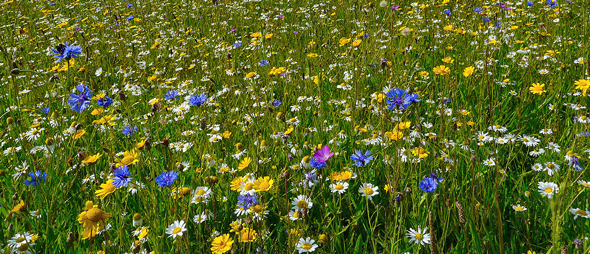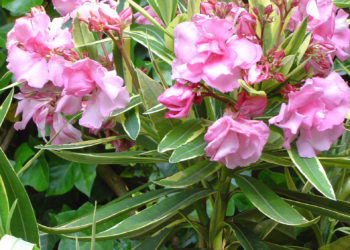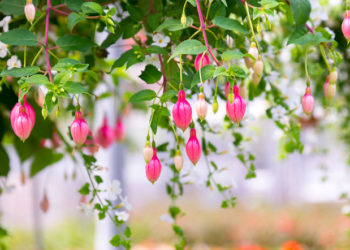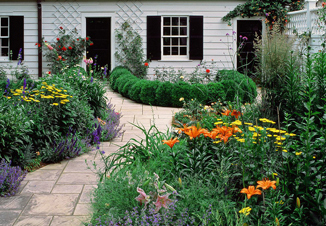 Hi, I have a meadow behind my house with really long prairie grass. I am in the process of killing the grass to make way for a wildflower meadow. My wife wants me to buy live plants so we get blooms right away. I will supplement with seeds. I live in Wisconsin. I am hoping for a variety of colors and sizes ideally taller flowers. What would you suggest? What is the most aggressive growing plant that you sell (not seed) that will have a high yield? I have a large area to cover so I will need to buy a lot. Thanks in advance for your help.
Hi, I have a meadow behind my house with really long prairie grass. I am in the process of killing the grass to make way for a wildflower meadow. My wife wants me to buy live plants so we get blooms right away. I will supplement with seeds. I live in Wisconsin. I am hoping for a variety of colors and sizes ideally taller flowers. What would you suggest? What is the most aggressive growing plant that you sell (not seed) that will have a high yield? I have a large area to cover so I will need to buy a lot. Thanks in advance for your help.
Answer: First thing to consider is your Hardiness Zone, to make sure your choices will survive. Since you didn’t mention where in Wisconsin you live, it could be anywhere from Zone 5a to 3b. You will also need to understand the soil situation in the area you want to convert. Does it stay consistently moist or dry, is it rocky or a clay mixture? This is known as the ecoregion and the success of your plantings will depend on knowing more about it.
Wildflower meadows will consist of both annual and perennial varieties but will also include native grasses that help to anchor the plantings. In addition, you will want to choose as many natives as possible to ensure they can survive the winters and have sufficient summers for flowering and seeding. The function of a wildflower meadow is to help feed your native bird and insect populations; the survival of many species of these populations is dependent on these types of plants. There are many cultivars of native species that are still beneficial to wildlife. Your local native plant society or your local extension office should be able to help.
Many annual flowering plants will grow and flower the same year from seed. It is their specific goal in life, so don’t discount starting from seed. Planting of plugs will help to get perennials growing faster, for sure, but most perennials want at least a year or two in the ground before they really start to put on a show.
So, for seeds, you might want to consider wildflower mixes. There are several varieties, and most of these are a combination of annuals and perennials. In some Zones there will be more that act as annuals, with some of the annuals reseeding themselves. Look through the listing of the mixes and compare the plants to our available annuals and perennials to purchase potted versions of the plants. Some definite perennials to consider are achillea (yarrow), amsonia, aquilegia, asclepias, baptisia, echinacea (coneflower), coreopsis, eupatorium, gaillardia, lobelia, salvia, monarda, lupine, penstemon, phlox, nepeta, rudbeckia, and veronica.
For your annual options, look at the salvias and verbena. Most prairie or meadow-type annuals are best started from seed, so you will find most of those in the seed section. Check out ammi, calendula, centaurea, cosmos, gypsophila, larkspur, nicotiana, physostegia, poppy, salvia, sunflower, and veronica.
Don’t be afraid to add in some native grasses, specifically the different cultivars of switch grasses: Pannicum virgatum. We carry several and they offer fabulous fall color and winter interest.
As with any wildflower planting, please check with your local county extension agents on what might be considered an invasive in your area. You don’t want any plants behaving like thugs and completely taking over your wildflower meadow.
This sounds like it will be a wonderful view once completed and established.
Happy planting,
Karen





No Comments